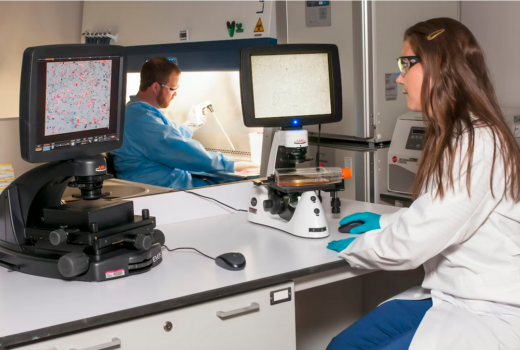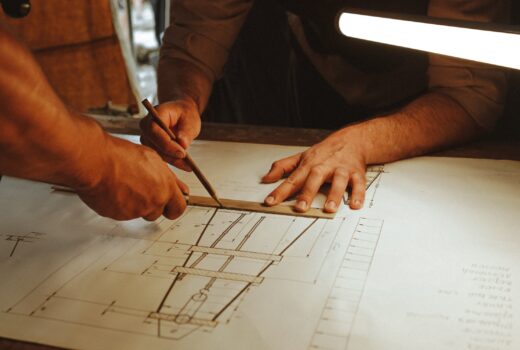The Power of PISA
Japan has seriously invested in science and technology since the fifties. In August 1957, the Japanese government established the Japan Information Center of Science and Technology, followed by the Research Development Corporation of Japan. The motivations were both economic and military. Japan was striving to become the third superpower, on a par with the United Stated and Russia. The Russians launched their Sputnik in October 1957. The Japan’s answer on this development was to become one of the leading nations in technology, most famously in the robotics, automobile industry and semiconductors.
Since 2006, the government of Japan extensively promotes science and technology in primary and secondary education. It is clear that this is motivated by the PISA-database of the OECD. In the 2006 edition, Japan ranks last as to the expectations of students to embark on a science-related career and to perform in science. Of the pupils in primary school, only 8% expects to pursue a science-related career and feels comfortable about their performance in science. It should be stressed, though, that the overall performance of Japan in PISA is outstanding. Together with e.g. the Netherlands, they are clearly ahead of the OECD-average.
ScienceGuide spoke to them on a visit to the Netherlands. “The country that inspires us is Finland,” Haruo Koba told ScienceGuide. Koba is the chief analyst of the Center for Promotion of Science Education of the Japan Science and Technology Agency (JST). This explains why their approach is remarkably Western. The JST heavily emphasizes the importance of students conducting experiments themselves. “They learn so much more if they conduct experiments themselves and make observations themselves”, Koba stresses. This approach is seen as hardly less than revolutionary within the Japanese educational setting, because its education system is highly hierarchical. Decisions on the curricula or even the exact content of classes are made by schoolleaders rather than teachers. Apart from that, Japanese education is so much based on memorizing and imitation – one cannot help but wonder how spontaneous experiments by Japanese students in primary school can become in the classroom reality.
The Japanese S&T-experts were in the Netherlands to pay a visit to the Dutch Center of S&T Platform Bèta Techniek. For although they consider Finland as most inspiring, on the aspect of student expectations, the Netherlands score much better than Japan. And just as Japan, the Netherlands have a systematic approach on the promotion of science and technology in education. The Japanese developed their approach simultaneously and independent of the Netherlands. Yet the similarities are striking. The main difference seems to be the extension of the program: whereas in Japan, only 5% of the secondary schools are subsidized, in the Netherlands, around 25% of the schools is in the program.
Meest Gelezen
Wederom intimidatie van journalisten door universiteit, nu in Delft
‘Burgerschapsonderwijs moet ook verplicht worden in hbo en wo’
Raad van State: laat taaltoets nog niet gelden voor hbo-opleidingen
Vrouwen houden universiteit draaiende, maar krijgen daarvoor geen waardering
Extra geld voor bètafaculteiten is daar nooit terechtgekomen



